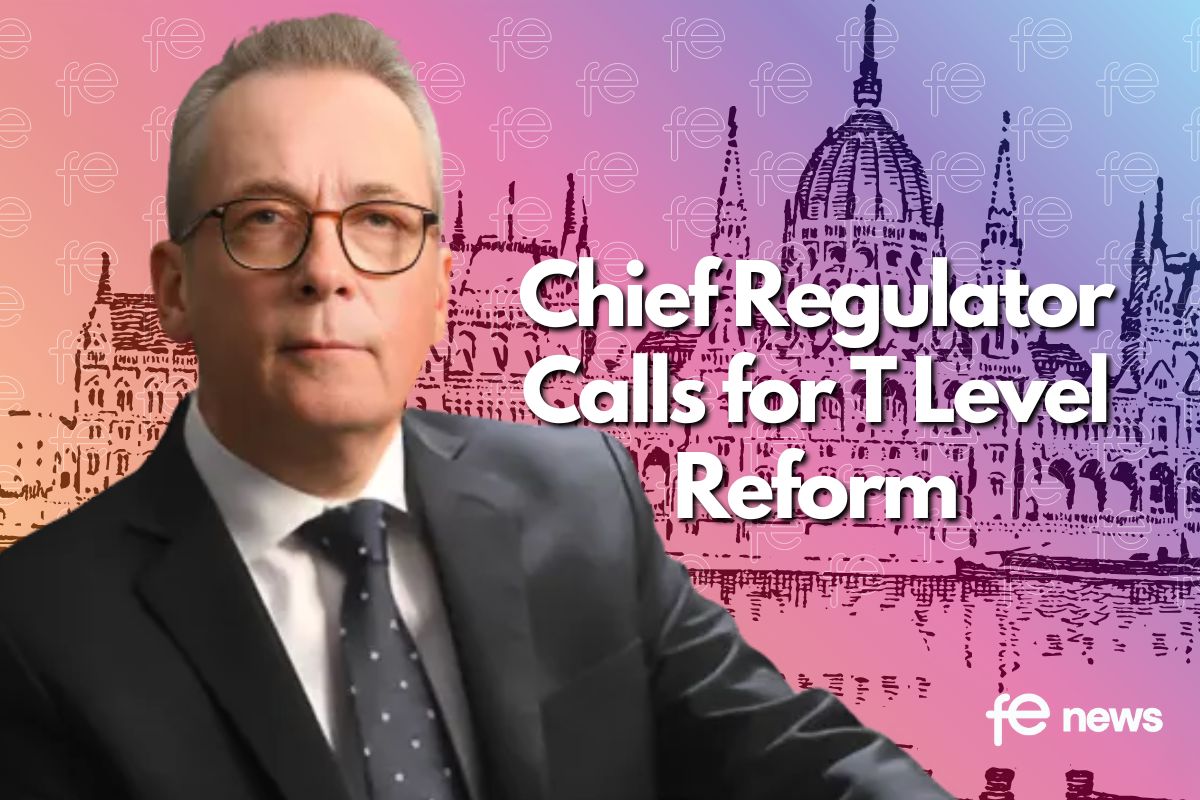Apprenticeship withdrawals cost training providers £1.8bn

- Annual amount lost rose by 71% (£155m) between 2018/19 and 2021/22
- Achievement rates decline from 65% in 2018/19, to just 58% in 2019/20 and 2020/21
- New data follows ‘Returnerships’ announcement in Spring Budget, despite chronic problems with existing system
New data from the Department for Education (DfE), gathered by apprenticeship software company Rubitek via a freedom of information request, has revealed that training providers have lost out on over £1.8bn in potential earnings over the past four academic years due to apprentices withdrawing from their training programs.*
When aggregated across the number of government-accredited training providers the average lost, purely because of withdrawal, is £366,470 in earnings per provider in the 2021/22 academic year. The figures arrive in a period of low apprenticeship achievement rates, declining from 65% in 2018/19, to 58% in 2019/20 and 2020/21.
Provided alongside the data, the Department of Education sought to highlight the following in regard to the data:
“The data only covers withdrawals; nothing else has been considered that may result in a loss of earnings. The increase in value year-on-year is explained in part by COVID-19 and the increase in the costs of standards compared to frameworks and other legacy funding models. Withdrawals are reported at the planned end date and not the actual withdrawal date, whereas the data below provides the earnings to the planned end date.”
Figure 1 – Overall earnings not paid due to withdrawal
| Academic Year | Earnings not paid due to withdrawal |
| 2018/19 | £388,637,630 |
| 2019/20 | £463,254,079 |
| 2020/21 | £479,847,515 |
| 2021/22 | £544,573,995 |
| Grand Total | £1,876,313,217 |
Figure 9 – Achievement Rate for ‘Apprenticeship Achievement Rates Headlines’ for Advanced Level, Higher and Intermediate Level in England between 2018/19 and 2020/21
| 2018/19 | 2019/20 | 2020/21 | |
| Total | 65.10% | 57.50% | 57.70% |
| Intermediate Level | 64.20% | 58.70% | 58.00% |
| Advanced Level | 67.00% | 57.80% | 58.40% |
| Higher | 60.20% | 52.10% | 55.30% |
Kerry Linley, founder and CEO at Rubitek, said:
“When apprenticeship levy money is lost it has a negative impact on the quality of the apprenticeships available and the ability of employers to train their staff effectively. Training providers rely on the funding they receive from employers’ digital accounts to deliver high-quality apprenticeship training, pay their staff and cover their overheads.”
“If they do not receive the funding they are entitled to, they may struggle to deliver the training effectively, leading to a poorer experience for the apprentices and potentially lower completion rates. Employers may also be unable to access the training they need to upskill their staff, which could have a negative impact on their productivity and competitiveness in the long run.”
Release of the new figures follow an announcement that ‘Returnerships’, a new apprenticeship scheme for reskilling over 50s, was unveiled by Chancellor Jeremy Hunt in the Spring Budget. Despite calls for a review of the apprenticeship levy, as well as an administrative overhaul of the system that reduces the burden on employers and training providers alike, there was no announcement of further revisions to the system.
This was despite added pressure on skills and apprenticeships minister Robert Halfon to crack down on failures in the current system, such as misuse of apprenticeship levy funds by top executives to subsidise £100m in “ineligible MBA courses”.
Currently, the UK’s apprenticeship levy system requires businesses with an annual payroll of over £3 million to pay 0.5% of their wage bill into a digital account to fund training and assessment of apprentices. Employers can select a training provider to deliver the training and pay them directly from their digital account.
The amount paid to a training provider from the levy pot will depend on the cost of the training, which is set by the government and varies depending on the level and type of apprenticeship. Training providers are paid 80% of their total funding in monthly instalments as the apprenticeship progresses, with the remaining 20% paid when the outcome following completion (achievement / non-achievement) is recorded.
Kevin Johns-Putra, CEO of London Examinations Board (LEB), said:
“Not receiving apprenticeship levy money due to apprentice withdrawal adds a lot of pressure for all apprenticeship providers across the country. We put a lot of time and effort into designing and delivering high-quality apprenticeship programmes that are engaging and rewarding. We also work hard to identify and ensure there is support in place for apprentices who are struggling or showing signs of disengagement to minimise the likelihood of early withdrawal.
“When an apprentice withdraws not only does a provider lose the funding they have planned for, but they also have to bear the costs associated with enrolment, assessment of suitability and the investment in training delivery already made, not to mention recruiting for a replacement. This puts a strain on resources and makes it harder for providers to deliver the best possible training to the remaining apprentices.”
Kerry Linley, founder and CEO at Rubitek, added:
“Whilst the government champions its new ‘Returnerships’ scheme, it distracts from a continuous failure to address systemic problems, that go beyond the effects of COVID-19. The Department of Education’s systems are comically outdated and put an overwhelming administrative burden on training providers, forcing them to prioritise resources on complying with an outdated legacy system. This takes focus away from delivery of an enriching and mutually beneficial apprenticeship programme that works in the best interests of employers and their apprentices.”











Responses